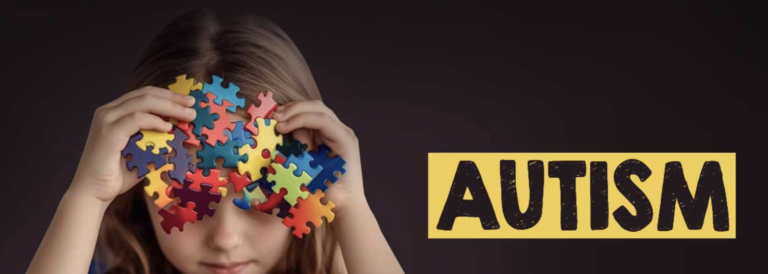Image from mind.help
Autism spectrum disorder (ASD) is a complex neurodevelopmental condition that affects how a person communicates, interacts with others, and experiences the world. In recent years, there has been a growing recognition of the importance of accommodating the diverse needs of students with autism in the classroom. Educators play a crucial role in creating an inclusive learning environment that supports the academic and social development of all students, including those with autism.
The Challenges of Autism in the Classroom
Students with autism may face a range of challenges in the classroom, including difficulties with social interaction, communication, sensory processing, and repetitive behaviours. These challenges can impact their ability to engage in learning activities, follow instructions, and interact with peers. Without appropriate support, students with autism may struggle to reach their full potential academically and socially.
Case Study: Sarah’s Story
Sarah is a 10-year-old student with autism who struggles with sensory sensitivities and social communication. In her mainstream classroom, she often becomes overwhelmed by loud noises and bright lights, leading to meltdowns. Sarah also finds it challenging to initiate conversations with her classmates and participate in group activities. As a result, she feels isolated and disconnected from her peers.
Strategies for Supporting Students with Autism
- Provide clear and consistent routines to help students with autism feel secure and understand expectations.
- Use visual supports, such as schedules, charts, and diagrams, to enhance communication and facilitate learning.
- Offer sensory-friendly accommodations, such as noise-cancelling headphones, fidget tools, and calming spaces, to help students regulate their sensory experiences.
- Implement individualised education plans (IEPs) that address the unique strengths and challenges of each student with autism.
Statistics on Autism in the UK
According to the National Autistic Society, around 700,000 people in the UK are on the autism spectrum. This equates to more than 1 in 100 individuals. With such prevalence, it is essential for educators to be equipped with the knowledge and skills to support students with autism effectively.
By tailoring education to the diverse needs of students with autism, educators can create a more inclusive and supportive learning environment. Through the implementation of evidence-based strategies and individualised support plans, students with autism can thrive academically and socially. It is crucial for schools to prioritise the inclusion of students with autism and provide the necessary resources and training for educators to meet their unique needs.































+ There are no comments
Add yours